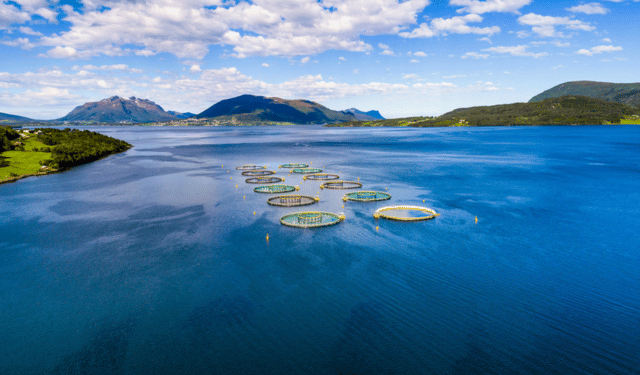Aquaculture. Demand improves and costs normalise – Signs of recovery for the global aquaculture industry due to increasing demand and normalising costs, a recent RaboResearch report profiled. By the second half of 2024, demand for salmon and shrimp is expected to improve significantly, despite persistent biological challenges in farming these species. The recovery of Western economies and the expected reduction in feed costs due to an increase in fishmeal availability are positive aspects for the industry.
Salmon market
Gorjan Nikolik, of RaboResearch, points out that the salmon market continues to suffer from low supply, with prices set to remain high until the second half of 2024. Seasonal patterns will influence prices, but the general trend indicates above-average costs. Norway and Scotland are on the verge of seeing a recovery in supply, although this remains uncertain due to as yet unresolved biological problems.
Despite depressed demand in the US and Asia, which has prevented prices from offsetting high production costs, the expected reduction in feed costs should offer some relief to producers. This could lead to greater economic stability for salmon farmers, helping them to overcome current challenges.
Shrimp industry
In the shrimp industry, there are signs of a turnaround, especially in western markets, where demand and prices are gradually increasing as inflation eases. The reduction in breeding costs due to the increased supply of fishmeal is good news for the industry.
However, the recovery remains fragile. Demand for Chinese imports is expected to decline, and growing supply from Ecuador, India and Vietnam could lead to oversupply, jeopardising a stable price recovery in the second half of 2024. This scenario could favour larger and more sophisticated shrimp farming operations, leading to greater industry consolidation.
The aquaculture industry
The aquaculture industry is going through a transition phase. With growing demand and lower feed costs, there are positive signs for the future. However, long-term sustainability will depend on the industry’s ability to meet biological challenges and adapt to changing market dynamics.
Aquaculture. Demand improves and costs normalise









